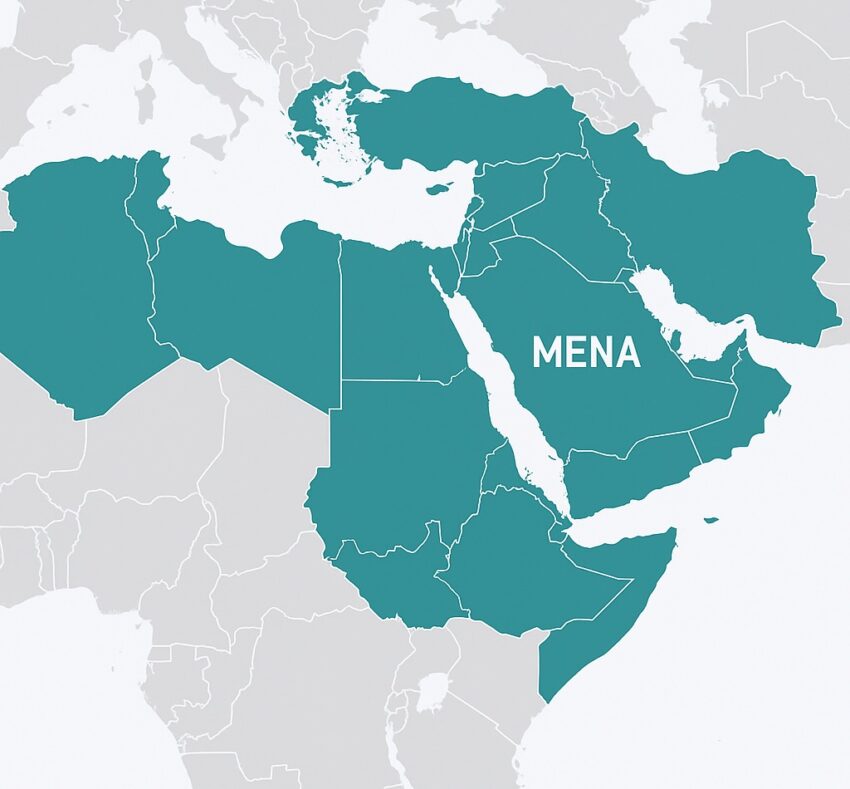Introduction
The Middle East and North Africa (MENA) region has long been a focal point of global political and economic developments. Instability in this part of the world has had significant repercussions not only for its own populations but also for the United States, Europe, and beyond. Understanding these dynamics requires examining both the historical background and the costs of conflict.
Global Impact of Regional Instability
Wars and political turmoil in MENA have produced consequences that extend far beyond the region. While some interest groups and businesses benefited, the costs have largely fallen on ordinary citizens in both the MENA and Western countries. These costs include military casualties, social disruption, and long-term economic burdens that are often underreported.
Consequences for Soldiers and Veterans
The wars in Afghanistan and Iraq left profound impacts on soldiers and their families. By 2008, over 263,000 veterans of these campaigns were seeking medical care in the United States. The number of soldiers surviving with wounds and chronic illness was substantially higher than in earlier conflicts, such as Vietnam or World War II. By December 2007, approximately 751,000 individuals deployed in Afghanistan and Iraq had been discharged and were eligible for disability benefits. In Britain, a similar but smaller trend reflected its level of involvement.
Political Climate in the West
In 2015 and 2016, following terrorist attacks in Paris and other European cities, debates intensified over military intervention in Syria and Iraq. While governments often argued for expanded campaigns, some analysts cautioned against repeating earlier mistakes that had already placed heavy burdens on Western societies.
The Rise of ISIS and Divergent Views
The emergence of ISIS and related groups added further complexity to the situation. Some analyses described these groups as improbable phenomena that rapidly gained strength, while others explained their rise as rooted in long-standing authoritarian rule, economic inequality, and external interventions. Divergent perspectives highlighted both the unpredictability of events and the underlying structural conditions that fuel instability.
Coalitions and Conflicting Interests
International coalitions against ISIS revealed deep divisions among participating states. Regional powers often pursued competing objectives:
- Kurdish forces sought territorial control.
- Turkey focused on limiting Kurdish influence.
- Iran aimed to protect its allies in Iraq and Syria.
- Saudi Arabia prioritized conflicts elsewhere while also facing internal challenges linked to extremism.
- Russia concentrated on supporting the Syrian government rather than focusing on ISIS directly.
These conflicting aims limited the effectiveness of the coalition and illustrated how geopolitical interests often override collective security goals.
Broader Implications
The instability in MENA underscores the interconnectedness of global politics. Costs are borne not only by local populations but also by societies far removed from the region. Veterans, taxpayers, and civilians across continents have been directly or indirectly affected by wars that began in the Middle East.
Historical Continuity
The conflicts across the Middle East and North Africa shaped the global order, but nowhere were the effects more pronounced than in Iraq.
Continue Reading: Iraq – A Nation Under Pressure

